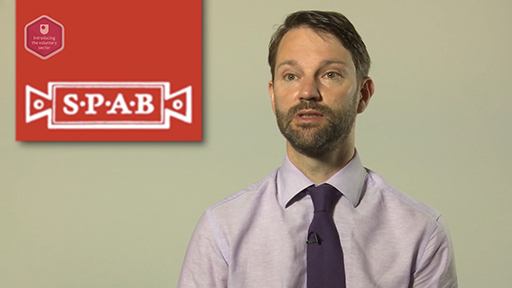4 Communicating with stakeholders
A crucial strategy for engaging with, and managing stakeholders, is communication: among staff, managers and the board, between the organisation and its stakeholders and between the organisation and its funders. Such communication can help to coordinate work within the organisation and to build consensus on what makes the organisation effective.
Some common ways in which such communication is implemented are:
- annual reports and other publications provided to the public
- reports to funders
- periodic meetings with stakeholder groups (such as community meetings)
- regular meetings with and training of staff and volunteers
- annual meetings with members (such as in associations)
- fundraising events
- including stakeholders in the organisation’s strategic planning activities
- website and social media
- press releases
- service user and other stakeholder representatives on boards
- guest speaking engagements at meetings
- participation in collaborative project teams and task forces
- public testimony in government venues (such as local councils)
- conducting case studies with service users and beneficiaries of the organisation.
Some of these communication methods are more participatory and engage with stakeholders in a way that empowers them and gives them a voice. Other strategies are simply a means of communicating the main values and activities of the organisation and are less powerful. However, all of these activities are ways in which the organisation can communicate with its stakeholders, and manage its stakeholder relationships and the expectations of its stakeholder groups.
Each of the listed communication methods may address a different set of stakeholders. This is why managing stakeholders can be a very time-consuming process for organisations, and particularly for smaller organisations with few resources and staff time to spare. Nevertheless, managing stakeholder relationships and expectations is an important activity for voluntary organisations, which are often held accountable by their stakeholder groups for the services they provide.
Activity 6 Communicating with stakeholders at the SPAB
Watch Matthew Slocombe, Director of the SPAB, talking about communicating with stakeholders. Make a note of which methods the SPAB uses for which groups.

Transcript
Comment
Matthew highlights the need to use different methods depending on the group he is trying to reach. He mentions formal letters for local planning authorities as these are often used in the public domain (e.g. in planning inquiries or disputes): these would fit under the ‘public testimony’ category in the list above.
Matthew says seminars and conferences draw people in and staff attend events or meetings with people. He also discusses the problem of a ‘hard to reach’ group – the builders – who are often too busy to attend. The SPAB is trying different initiatives, such as involvement with colleges, so that they can provide information to trainees.
Activity 7 Good communication
Think of two different stakeholder groups for the organisation you are interested in. Then look at the different communication methods in the list above. Select two methods and investigate to see if and how they are used to communicate with the stakeholders. For example, you may wish to access the organisation’s annual report (if available), take a look at its website or follow it on social media.
If you had more time available, you could attend a staff meeting or a meeting of volunteers and take notes on how stakeholders are involved or their needs addressed. Another possibility would be to attend a community meeting held by the organisation.
During your investigation, take note of the following:
- How do you think the organisation seeks to manage the stakeholder relationships and expectations through the different communication methods?
- Which stakeholder expectations do you think are not addressed by the different communication methods?
Comment
You possibly found that a range of communication methods was used for each stakeholder group and these methods probably varied depending on the context. Social media, for example, is obviously very important for providing instant access to news stories, campaigns, announcements about meetings and so on. It can also be combined with other methods: for example, Calgary Zoo in Canada put their 2012 annual review on Instagram (Amar, 2015). However, if an organisation is looking to consult in depth, then face-to-face meetings might be particularly important but could be combined with generating discussion online.
In terms of not managing to meet stakeholder expectations, the context or specific examples you focused on will vary. Many people do not use social media so they may feel excluded and unable to participate.

